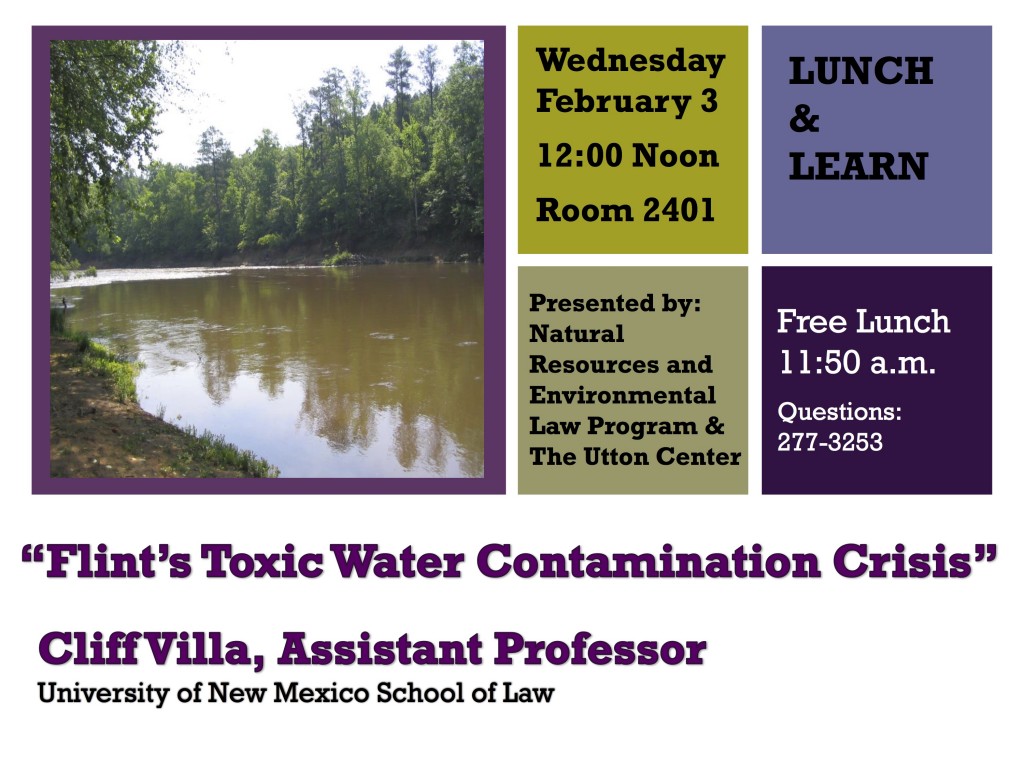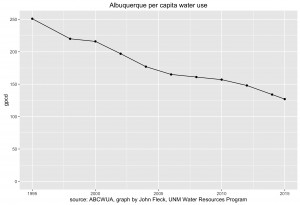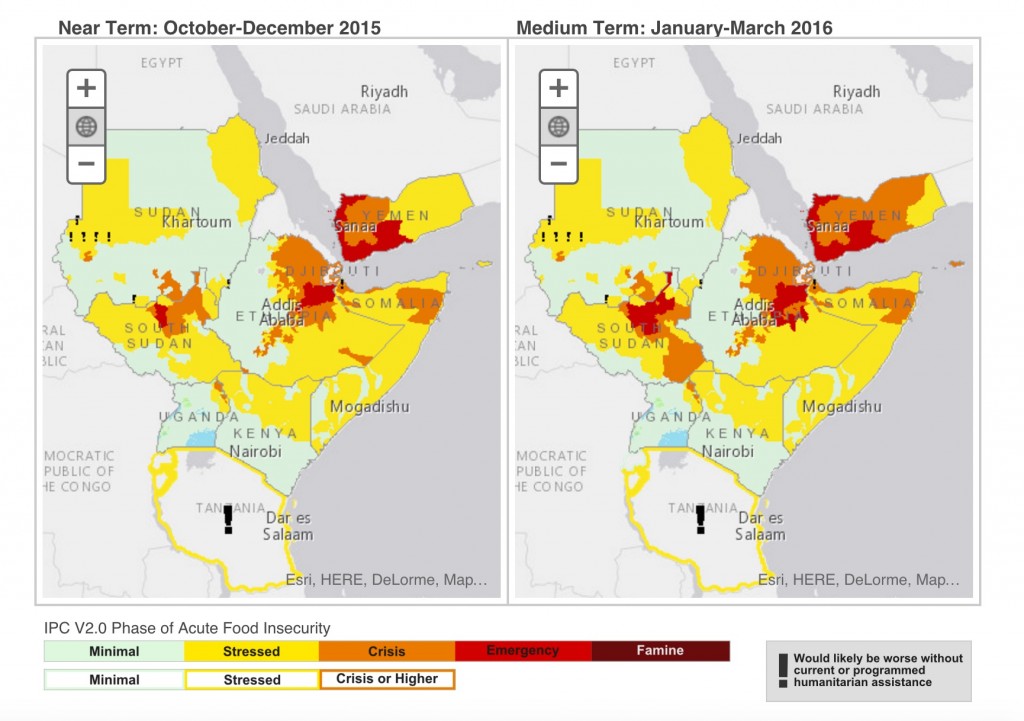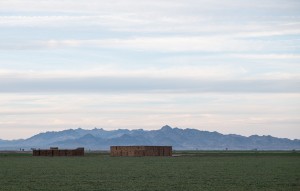In freshman college physics, a common conceit to simplify the study of velocity and momentum is the air table (think air hockey), which allows you to reduce the friction on a moving object to negligible levels. “Imagine,” the professor explains, “a frictionless plane.” And then sketches out on the chalkboard the equations for velocity and momentum and such.
This is great for abstracting away that troubling friction part to understand the core phenomena. Once you actually have to do stuff in the real world, though, you best bring friction back into the discussion. It matters.
I was reminded of this as I read UC Riverside economist Christopher Thornberg’s thoughts in the Riverside Press-Enterprise about the Saudi Arabian dairy company Almarai’s purchase of Palo Verde Irrigation District farmland with senior Colorado river water rights:
One vocal critic is UC Riverside economist Christopher Thornberg, who says the practice is akin to exporting water.
“They have already destroyed their water tables, now they’re destroying ours,” he said.
The solution, according to Thornberg, is to raise prices on agricultural water and overhaul the water rights system that gave Palo Verde farmers their “first in time, first in right” claim in 1877.
Such a move would surely eliminate high-water crops like alfalfa and cotton in the valley. Those crops would then have to be purchased from other states that aren’t suffering water shortages, he said.
“If (farmers) have to pay for that water at anything remotely like a reasonable price, it wouldn’t happen because they wouldn’t make money on it,” Thornberg said.
This is, for Thornberg, not new. In 2008, he and Michael Bazdarich wrote a book chapter arguing that California’s water administration system would work better under a market. Like much of this literature, the 2008 chapter ignores a central piece of the economics – the transaction costs of building such a market. His more recent comments suggest a new twist – overhaul the property rights system under which Palo Verde farmers now have the highest priority to California’s Colorado River water rights. Perhaps he has more to say on this than was quoted in the PE, but to just blithely call for property rights reform seems to ignore one of the central findings of decades of research by economists on this issue – institutional change of this sort is accompanied by significant transaction costs.
Changing property rights and building markets doesn’t just happen by magic. Ignoring the transaction costs of institutional change is the ag water economics equivalent of “Imagine a frictionless plane.”





![Looking up the Colorado River from Ehrenburg Creator(s): Conklin, E. (Enoch), photographer Date Created/Published: [S.l.] : Continent Stereoscopic Company, [ca. 1877]](https://www.inkstain.net/fleck/wp-content/uploads/07723v-1024x520.jpg)
